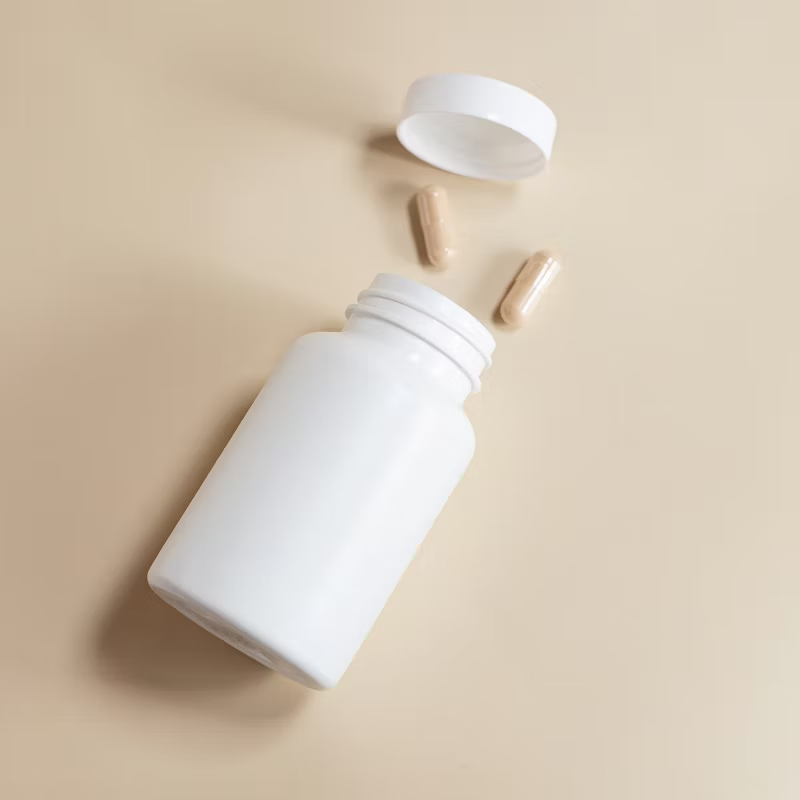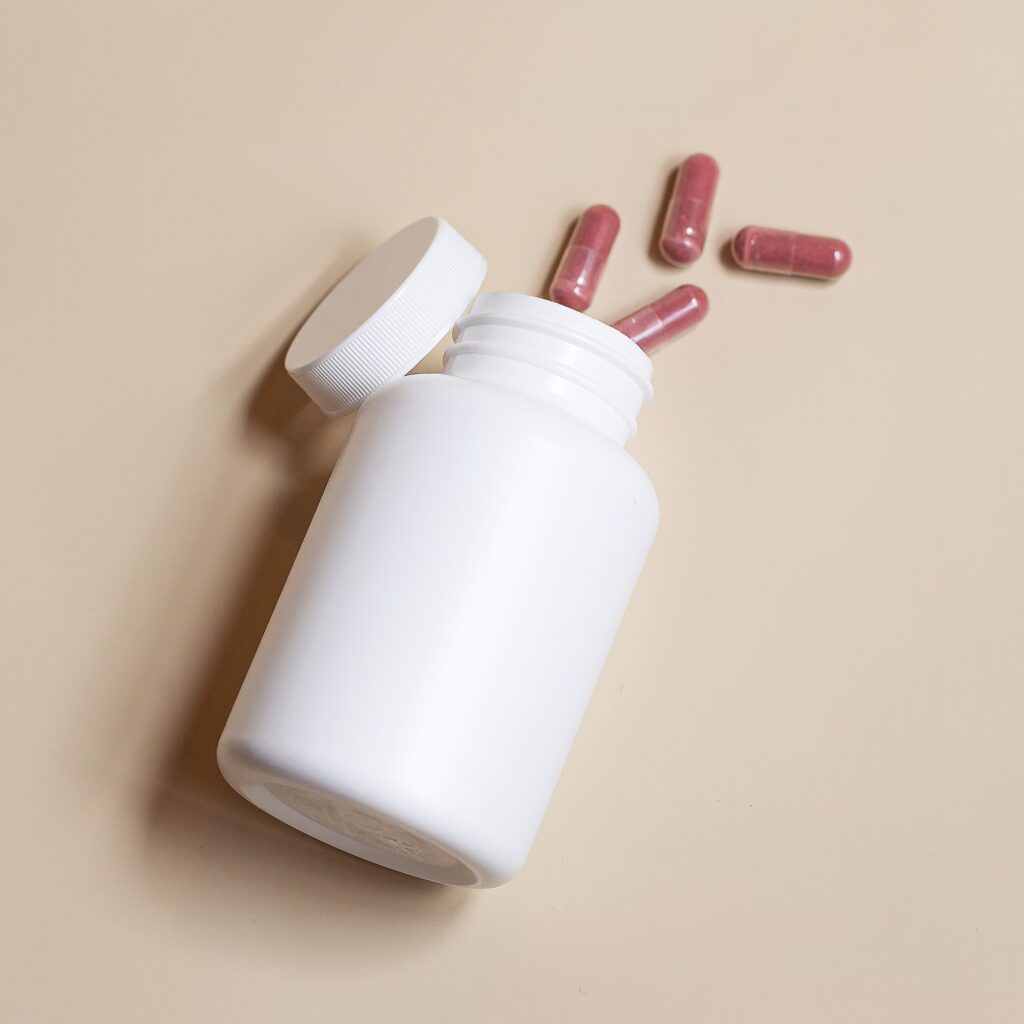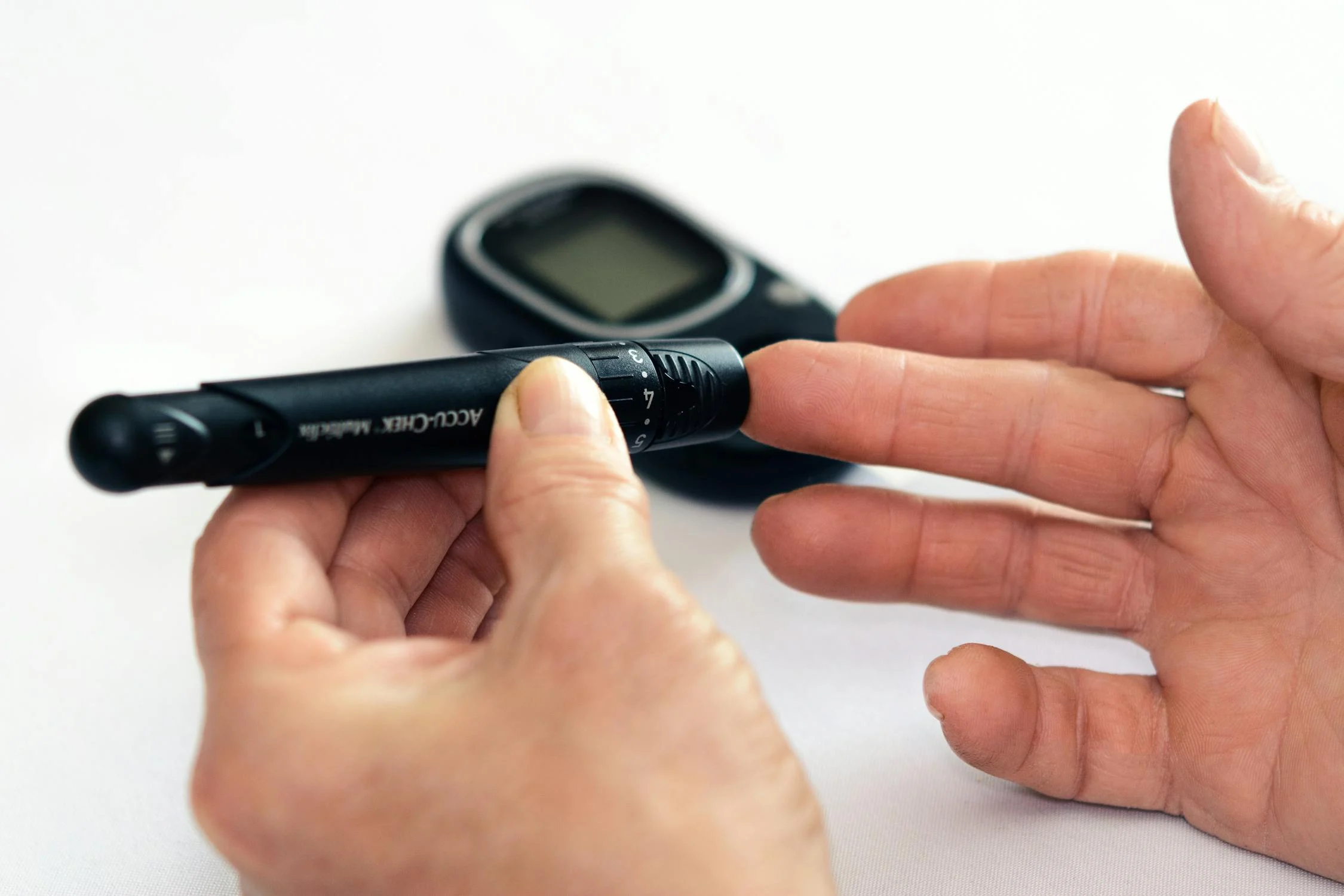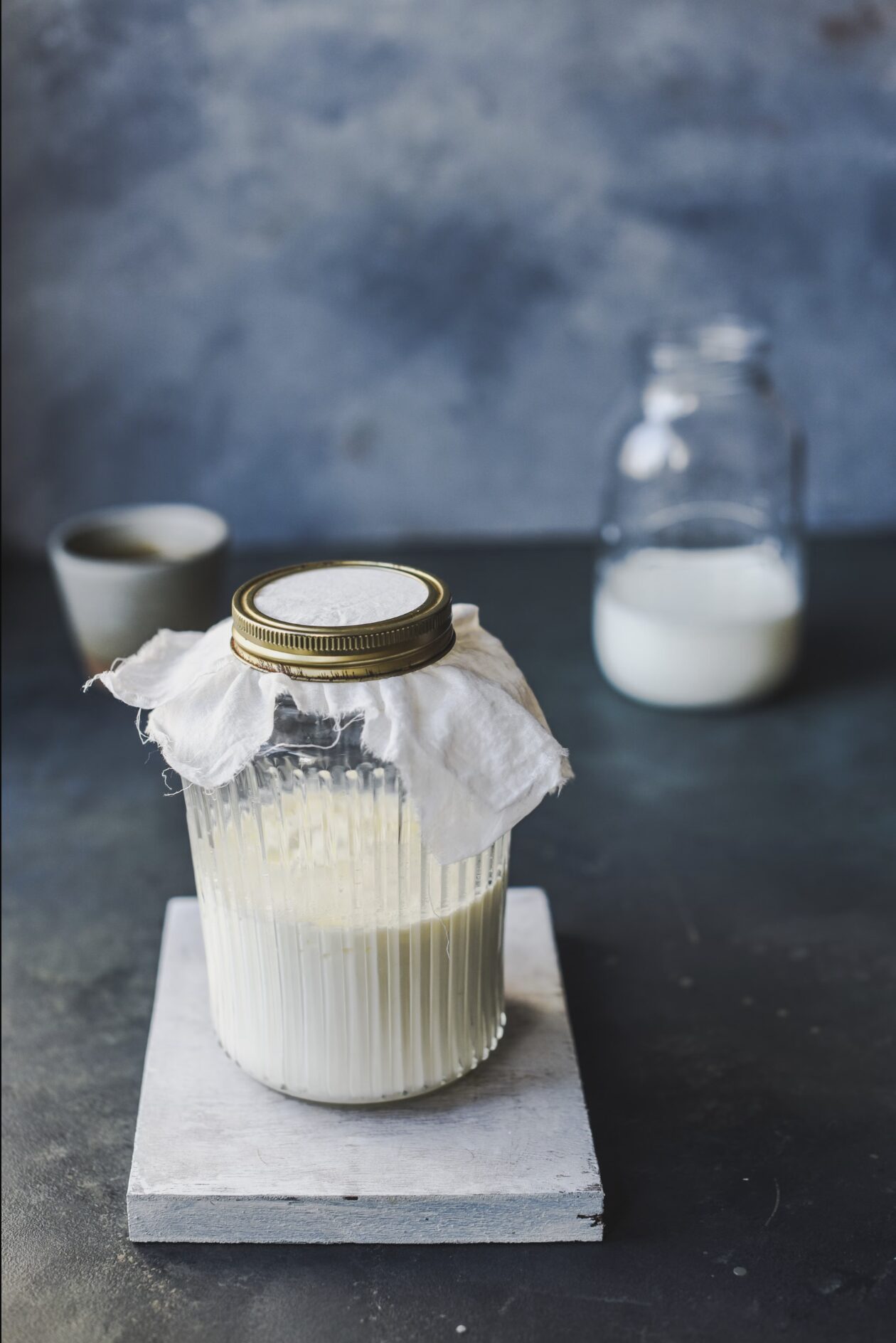
Neuropathic pain remains one of the most challenging conditions for clinicians to treat effectively. Traditional medications often provide only symptomatic relief without addressing the underlying pathology. However, emerging research on palmitoylethanolamide (PEA) offers a promising new avenue for both symptom management and potential disease modification in neuropathic pain conditions.
What is Palmitoylethanolamide?
Palmitoylethanolamide is an endogenous fatty acid amide, meaning it’s a naturally occurring compound in the body. It belongs to the class of N-acylethanolamines, which are bioactive lipid mediators[3]. PEA is synthesized on demand within cell membranes and acts locally to maintain cellular homeostasis.
Mechanism of Action
PEA’s effects on neuropathic pain are multifaceted, involving several key mechanisms:
1. PPAR-α Activation: PEA primarily acts by binding to and activating the peroxisome proliferator-activated receptor alpha (PPAR-α) in the cell nucleus. This nuclear receptor plays a crucial role in regulating inflammation and pain signaling[9].
2. Mast Cell Stabilization: PEA inhibits the release of pro-inflammatory mediators from activated mast cells. This is particularly important in neuropathic pain, where mast cell infiltration and activation contribute to nerve sensitization[3].
3. Microglial Modulation: In models of spinal cord injury and neuroinflammation, PEA treatment has been shown to inhibit microglial activation. Microglia are immune cells in the central nervous system that, when overactivated, can contribute to chronic pain states[9].
4. Neuroprotection: PEA exhibits neuroprotective properties, preventing neurotoxicity and neurodegeneration. This is crucial for potentially halting or reversing the progression of neuropathic conditions[10].
Clinical Applications
PEA has demonstrated efficacy in a wide range of neuropathic pain conditions, including diabetic neuropathy, chemotherapy-induced peripheral neuropathy, carpal tunnel syndrome, sciatic pain, osteoarthritis, low-back pain, failed back surgery syndrome, dental pains, neuropathic pain in stroke and multiple sclerosis, chronic pelvic pain, postherpetic neuralgia, and vaginal pains[3][4].
Disease Modification Potential
Unlike many conventional pain medications that simply mask symptoms, PEA shows promise in actually modifying the course of neuropathic pain conditions. In animal models of sciatic nerve injury, PEA treatment has been associated with improved myelin sheath thickness, increased axonal diameter, and a higher number of nerve fibers[10]. This suggests that PEA may support nerve regeneration and repair, potentially halting or reversing the progression of neuropathic conditions.
Safety Profile
One of the most remarkable aspects of PEA is its excellent safety profile. As an endogenous compound also found in foods like eggs and milk, PEA has shown no serious side effects in clinical trials. Furthermore, no significant drug-drug interactions have been reported, making it a potentially safe option for long-term use or as part of combination therapies[5].
Clinical Evidence
A meta-analysis of randomized controlled trials found that PEA was associated with significantly greater pain reduction compared to inactive control conditions (WMD = 2.03, 95% CI: 1.19 – 2.87, z = 4.75, P < 0.001)[5]. Another study on patients with diabetic or traumatic neuropathic pain showed significant improvements in pain scores and quality of life after 40 days of PEA treatment[4].
Conclusion
Palmitoylethanolamide represents a promising approach to neuropathic pain management that goes beyond symptom control. Its broad spectrum of activity, potential for disease modification, and excellent safety profile make it an attractive option for clinicians and patients alike. While more research is needed to fully elucidate its mechanisms and optimize treatment protocols, the current evidence suggests that PEA could be a valuable addition to the neuropathic pain treatment arsenal.
Sources
[1] Ultramicronized Palmitoylethanolamide in the Management … – MDPI https://www.mdpi.com/2077-0383/13/10/2787
[2] Novel Approach to the Treatment of Neuropathic Pain Using a … https://www.mdpi.com/1422-0067/24/6/5503
[3] Practical update on oral palmythopylethanolamide (PEAum) in the … https://www.mpainjournal.com/actualizacion-practica-sobre-la-palmitoiletanolamida-peaum-oral-en-el-manejo-del-dolor-cronico-revision-narrativa1163
[4] Palmitoylethanolamide in the Treatment of Chronic Pain Caused by … https://academic.oup.com/painmedicine/article/13/9/1121/1864240?login=false
[5] [PDF] Efficacy of Palmitoylethanolamide for Pain: A Meta-Analysis https://www.painphysicianjournal.com/current/pdf?article=NDUwMg%3D%3D&journal=106
[6] [PDF] Effect of palmitoylethanolamide on inflammatory and neuropathic … https://ekja.org/upload/pdf/kjae-70-561.pdf
[7] Palmitoylethanolamide in the Treatment of Chronic Pain https://pmc.ncbi.nlm.nih.gov/articles/PMC10053226/
[8] Palmitoylethanolamide (PEA) in the treatment of neuropathic pain https://journals.sagepub.com/doi/full/10.1177/02601060211019669
[9] Therapeutic utility of palmitoylethanolamide in the treatment of … https://pmc.ncbi.nlm.nih.gov/articles/PMC3500919/
[10] [PDF] Palmitoylethanolamide, a Special Food for Medical Purposes, in the … https://www.painphysicianjournal.com/current/pdf?article=MjUxMw%3D%3D&journal=94








